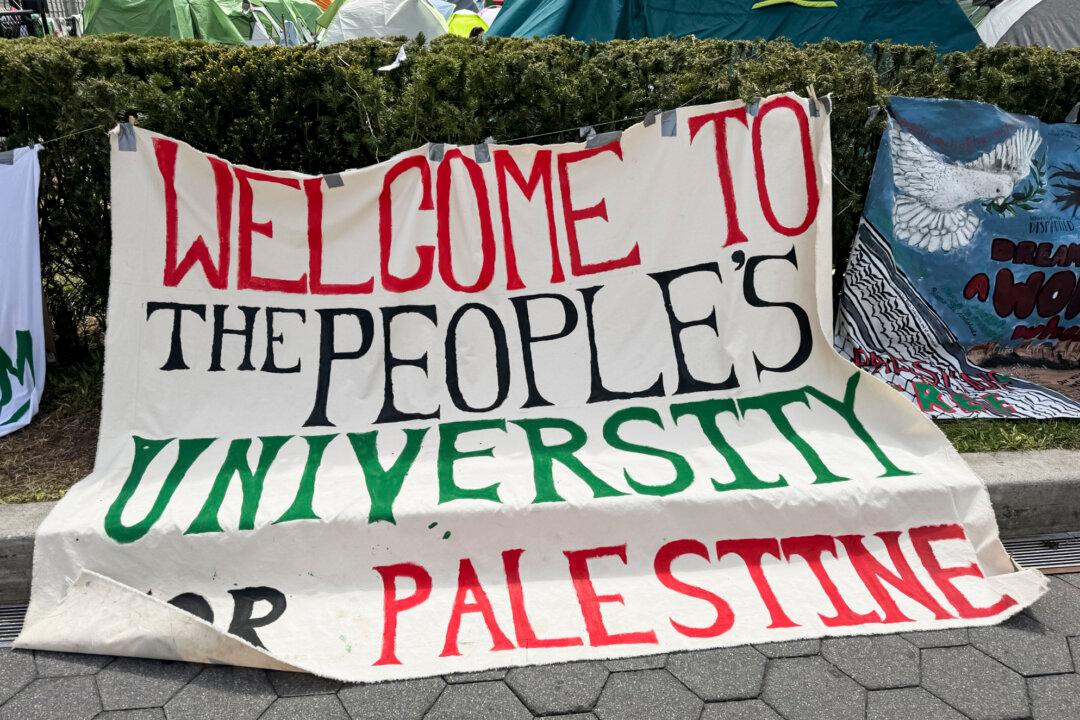Commentary
The foremost advocates of racism and sexism in Canada are our universities. No longer are individuals treated as individuals according to their achievements, potential, and merits. Rather, under the label “diversity, inclusion, and equity,” students, professors, staff, and administrators
are treated in admissions, funding, hiring, and benefits
not according to their ability to do the assigned job, but according to their sex, race, sexuality, ethnicity, and disability.
The rationale for this jettisoning of universalistic standards in favour of preferences of race, sex, sexuality, etc., is that it is a way of advancing “social justice.” The goal of knowledge communication and advancement has been replaced in universities by social engineering. The object is to ensure “equity,” which they define as the statistical equivalence of all census categories of people.
This collectivist approach is justified by the assertion that statistical disparities in the percentage of students or professors between categories are a result of bigotry and discrimination, and that only reverse bigotry and discrimination can correct them. Specifically, members of each category should be present among students, professors, and administrators in at least the percentage that they are in the general population.
The foundational argument of these policies—that statistical disparities among categories are the result of bigotry and discrimination—is never supported by evidence, and there is no proof that it is correct. Other possible and
likely explanations of disparities are never considered or tested, such as personal inclination and preference, family structure, or community culture. For example, there is the well-known disparity in the percentage of children among racial categories brought up by two parents, the widely demonstrated disparity in academic achievement, and the differential cultural commitment to education.
This social engineering initiative is supported, nay,
imposed by the federal government in its program “Dimensions: Equity, Diversity, and Inclusion.” A “Charter” for this program was sent for signature to every Canadian university president. Funding through the “independent” national research councils—the
Canadian Institutes of Health Research,
Natural Sciences and Engineering Research Council,
and Social Sciences and Humanities Research Council—was made contingent on conformity to the program and its objectives, as was already in place for the Canada research chair program.
One manifestation of the required preferences is specification in university advertisements of academic and administrative positions. Here are examples from four university websites:
- University of Victoria: “The Department of Computer Science at the University of Victoria is seeking to hire one faculty member with preference for candidates from any of the following three designated groups: indigenous peoples, persons with disabilities, or women.” Who is not eligible for this job are able Ukrainian Canadian males, able Korean Canadian males, able Italian Canadian males, able Quebecois, able South Asian Canadian males, able Latin American males, able Finnish Canadian males, et al.
- York University: “The aim of these Provost’s Postdoctoral Fellowships is to support up to 4 scholars annually who self-identify as black and/or indigenous.” Who may not even apply are Japanese Canadians, Latin American Canadians, Jewish Canadians, Iranian Canadians, Polish Canadians, Arab Canadians, and many more.
- Mount Allison University: “Mount Allison University invites applications for a full-time tenure-track interdisciplinary position in Mi’kmaw Culture. The ideal candidate demonstrates a broad experience in and commitment to Mi’kmaw culture, but the discipline and area of specialization are open.” Academic field is unimportant; ethnicity is all. With this approach, Mount Allison is no longer an academic institution. When members of only one small culture may apply, pretty much everyone else in the world is excluded. This is “inclusion”?
- McGill University: “Computer Science Approaches Against Racism … Preference will be given to candidates who self-identify as black.” Did you know that an important part of computer science is social engineering? Excluded are any people who are white, red, brown, or yellow, so no Asian Canadians, Pacific Canadians, or Jewish Canadians, because presumably none of these folks know anything about racism.
How exactly females count as “underrepresented marginalized minorities” as they approach 60 percent of all North American students and graduates is not explained. Nor why males, at close to 40 percent of students, are not recognized as “underrepresented.”
Canadian universities continue to give preference to females, as in the University of British Columbia
insisting on 50 percent of students in engineering being female, although females are a large majority of students overall and in the majority of UBC programs. There is bigotry and discrimination here, but not against females.
And what do we do with people from other “
overrepresented” categories, such as Asians and Jews, who hold prestigious positions like medical doctor and professor and Nobel Prize winner at a much higher statistical level than their percentage in the population? Shall we return to the pre-World War II McGill policy of restricting Jews to small numbers? In fact, this restriction of Jews and Asians by race is now the official policy of Canadian universities. Jews and Asians are apparently just not “diverse” enough to be “included.”
If you thought Canadian universities were about learning and discovery, you are very out of date. Their job is now bringing “social justice” for some, but not for others.
Philip Carl Salzman is professor emeritus of anthropology at McGill University, senior fellow at the Frontier Centre for Public Policy, fellow at the Middle East Forum, and president of Scholars for Peace in the Middle East.
Views expressed in this article are opinions of the author and do not necessarily reflect the views of The Epoch Times.





